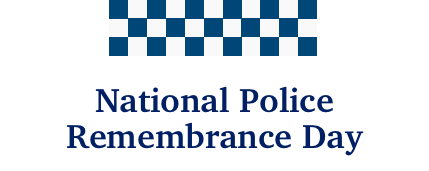On this day
Senior Constable
Matthew Nathanial POTTER
YEAR OF DEATH
07 January 2000
JURISDICTION
New South Wales
DETAILS OF DEATH
About 6.30am on 7 January 2000 Senior Constable Potter was preparing to complete a night shift at the Eagle Vale Police Station. He was shot when a service firearm was accidentally discharged and was conveyed to the Campbelltown Hospital. He was found to be dead on arrival. The Senior Constable was born in 1972. At the time of his death he was stationed at Eagle Vale.





